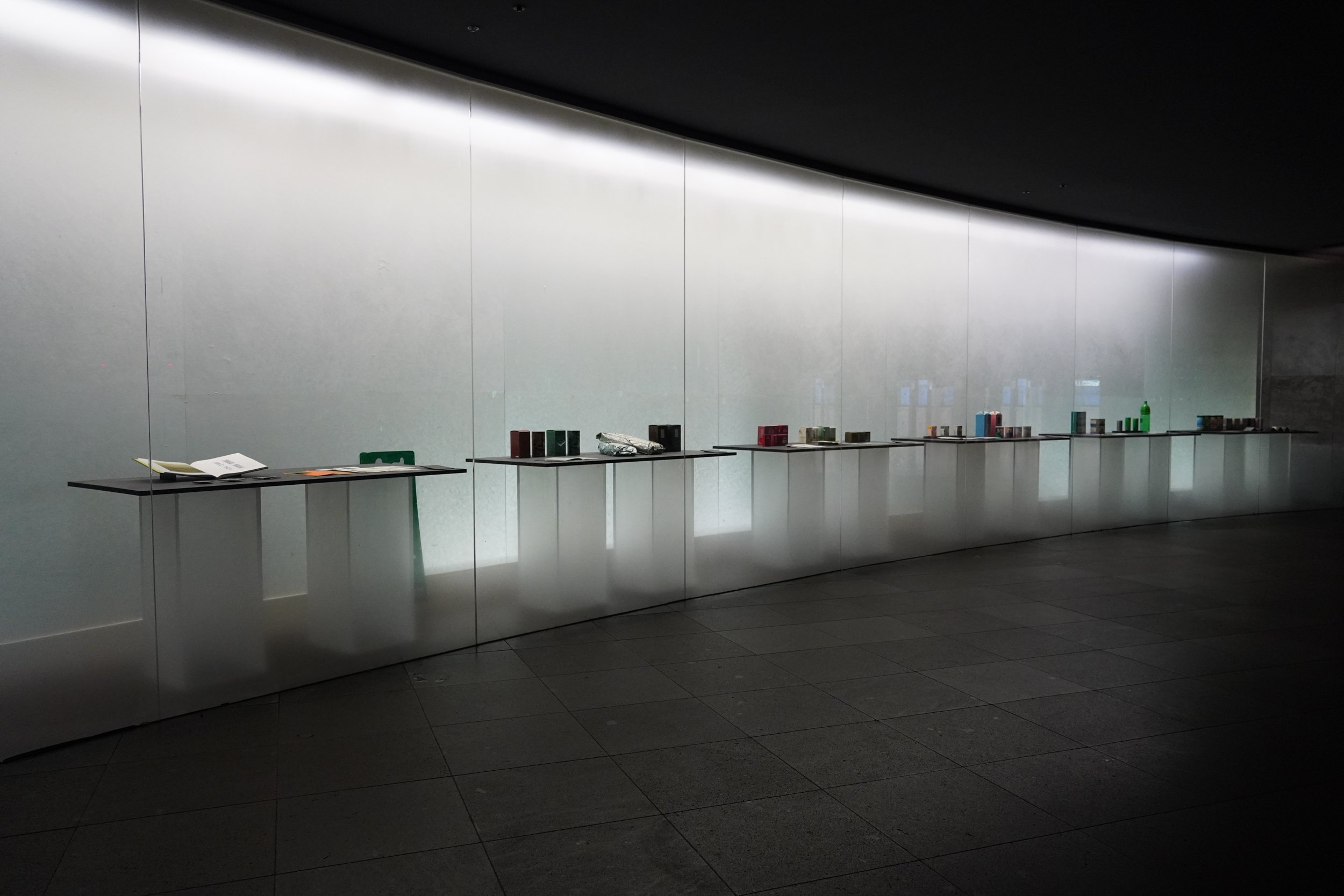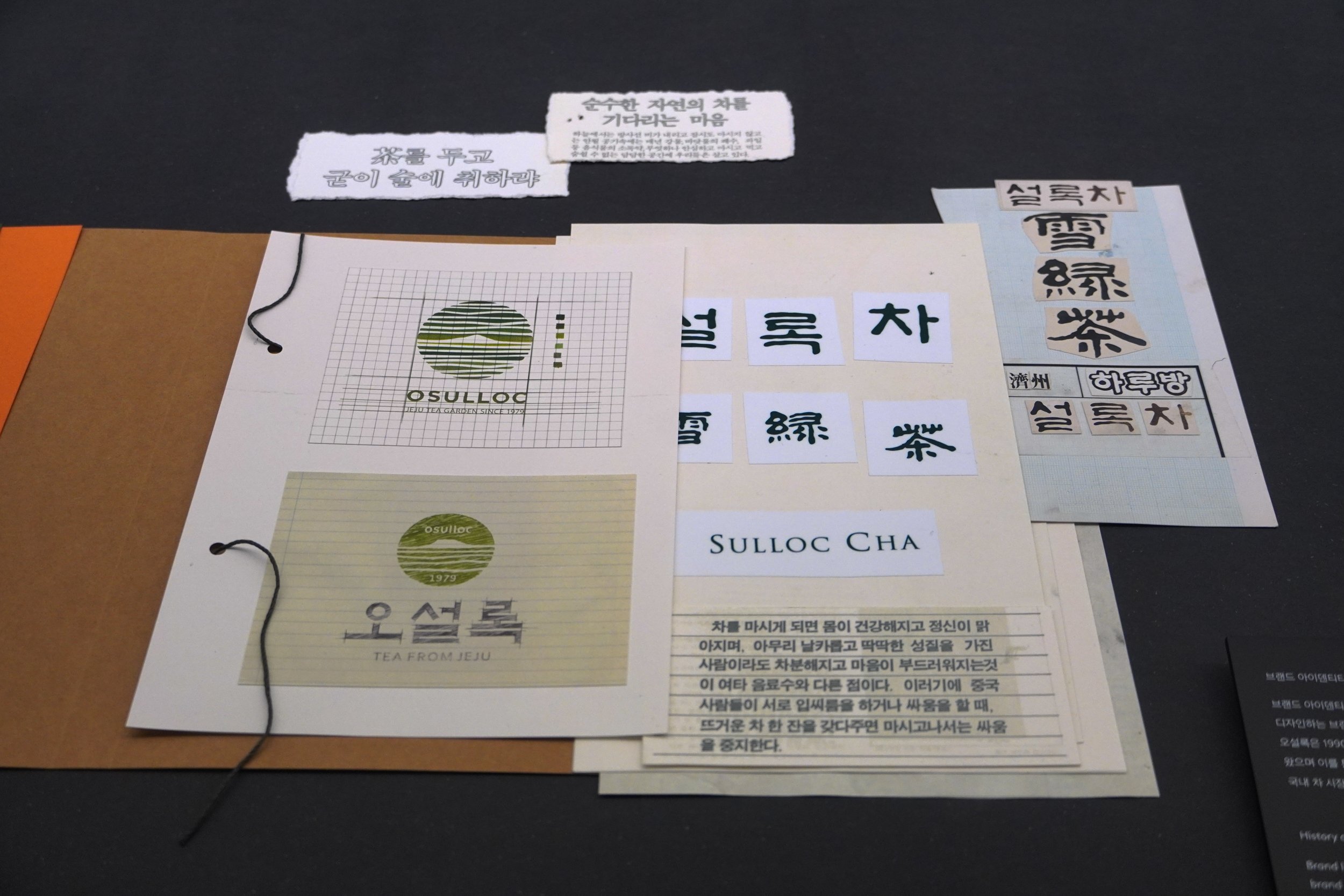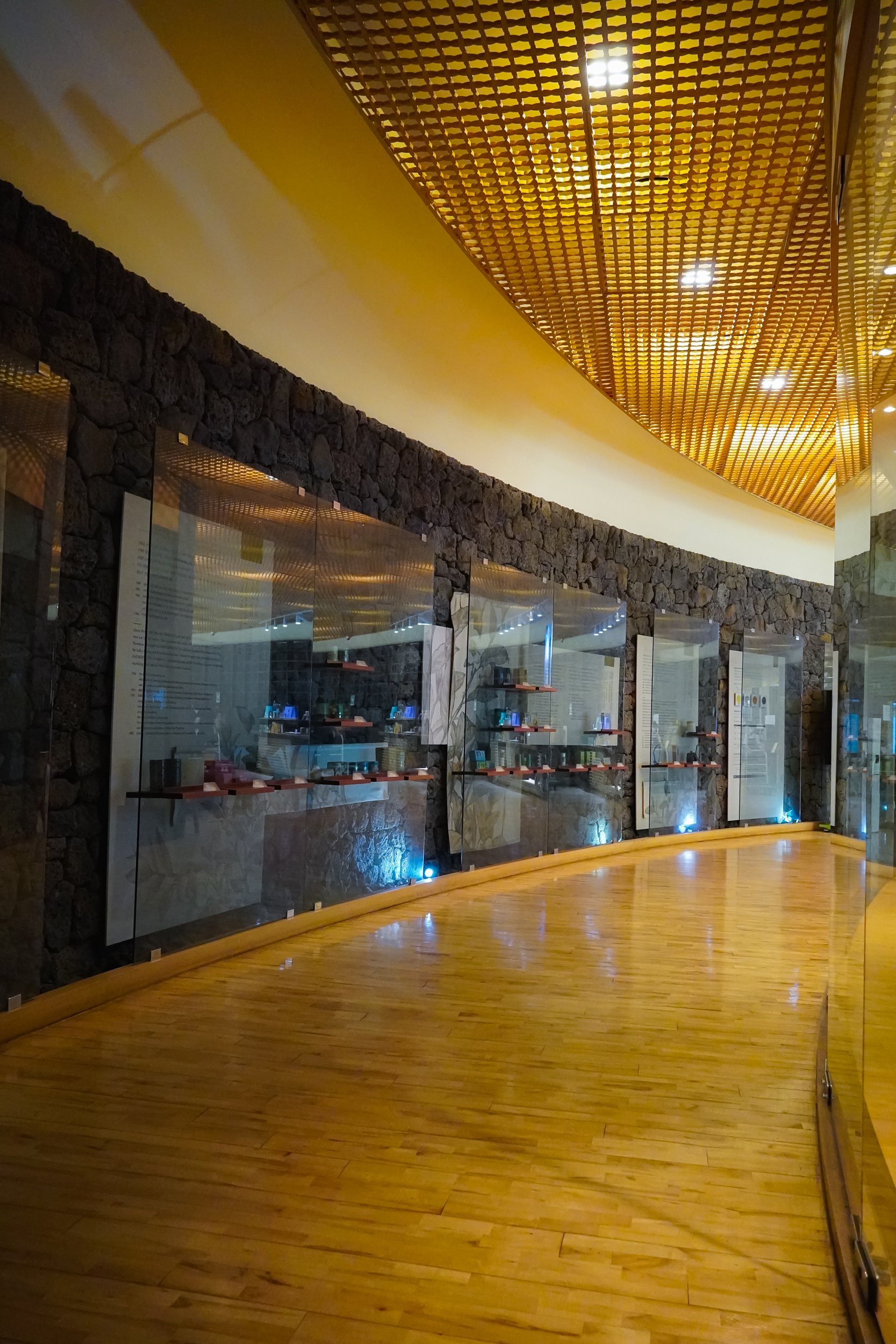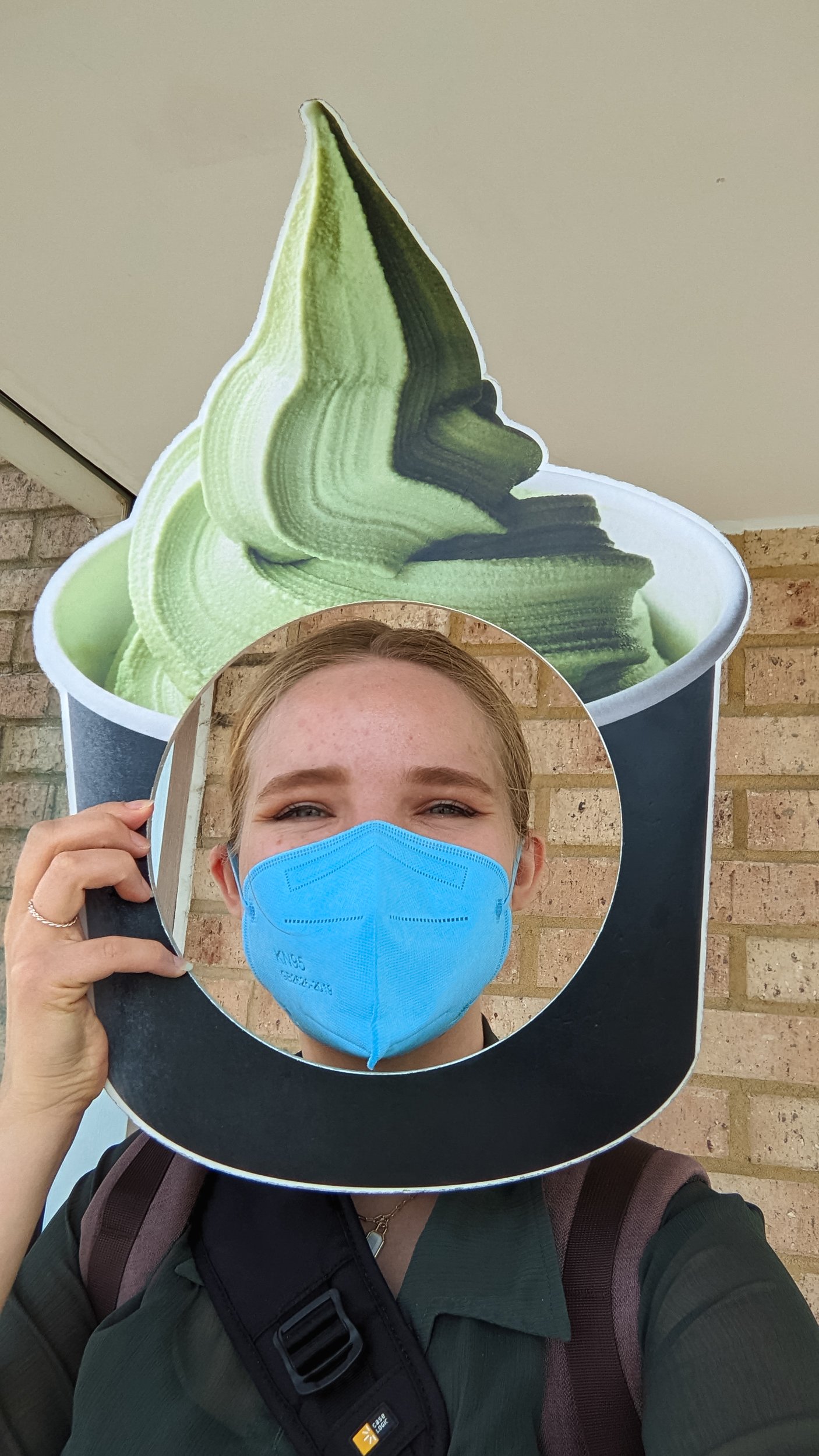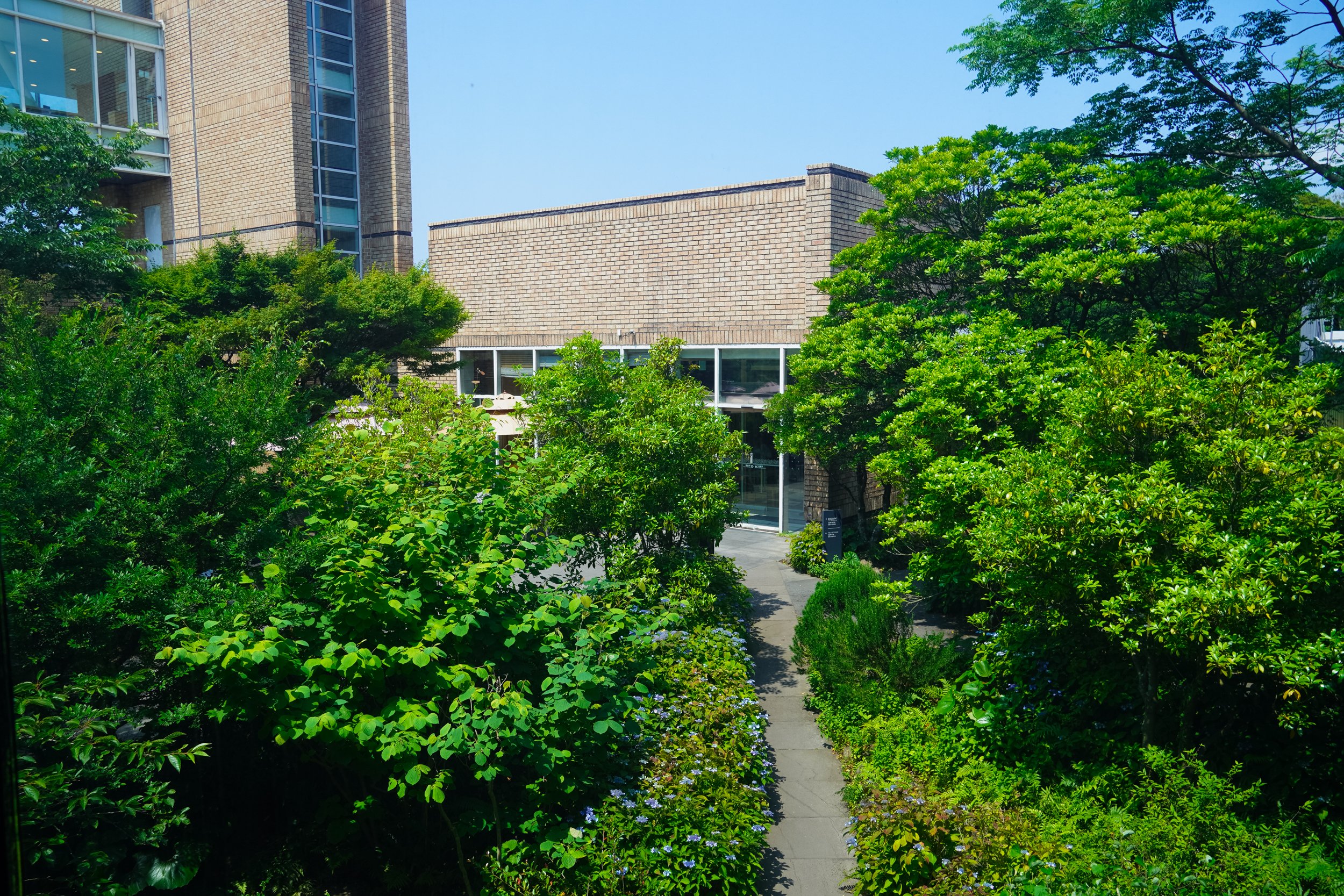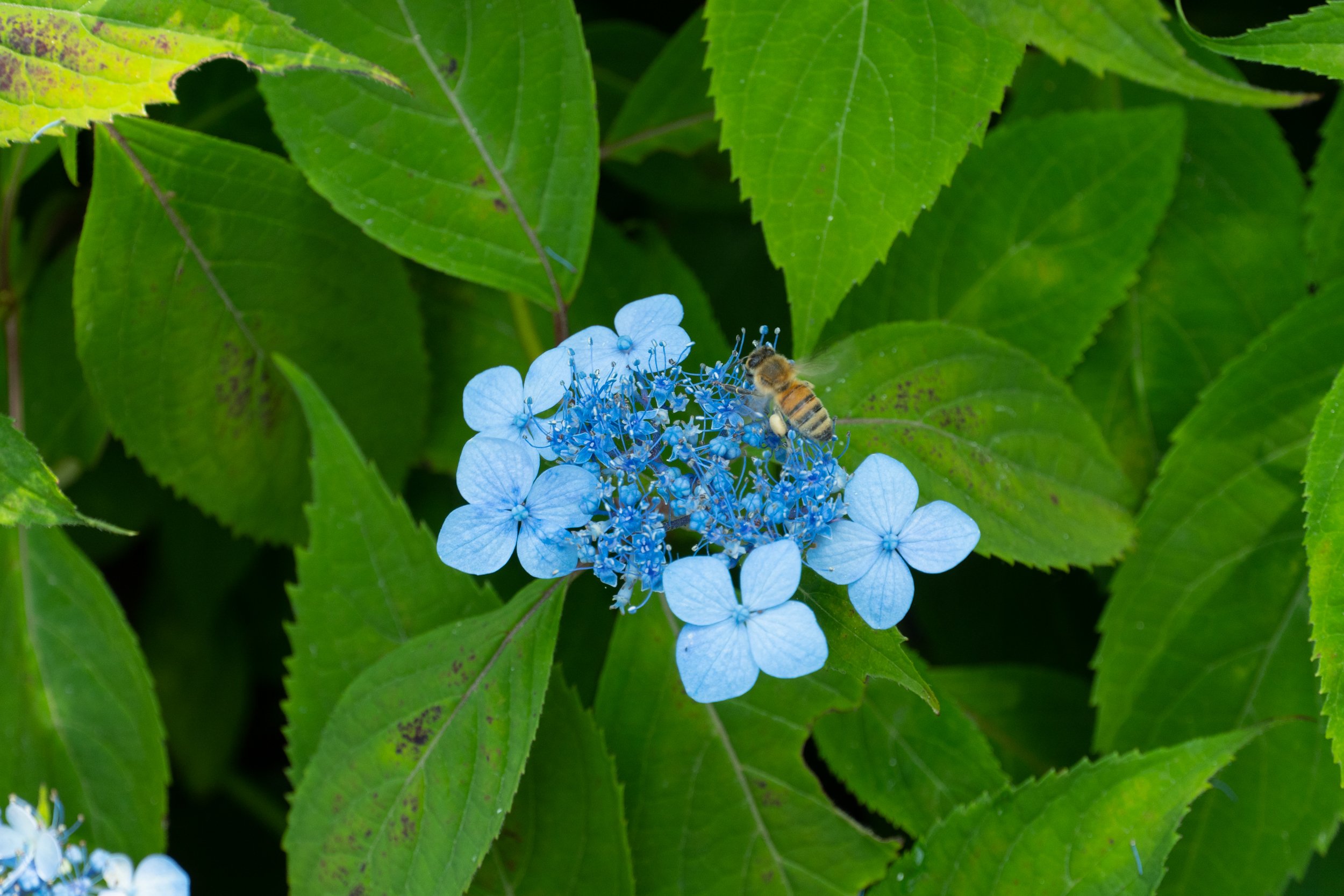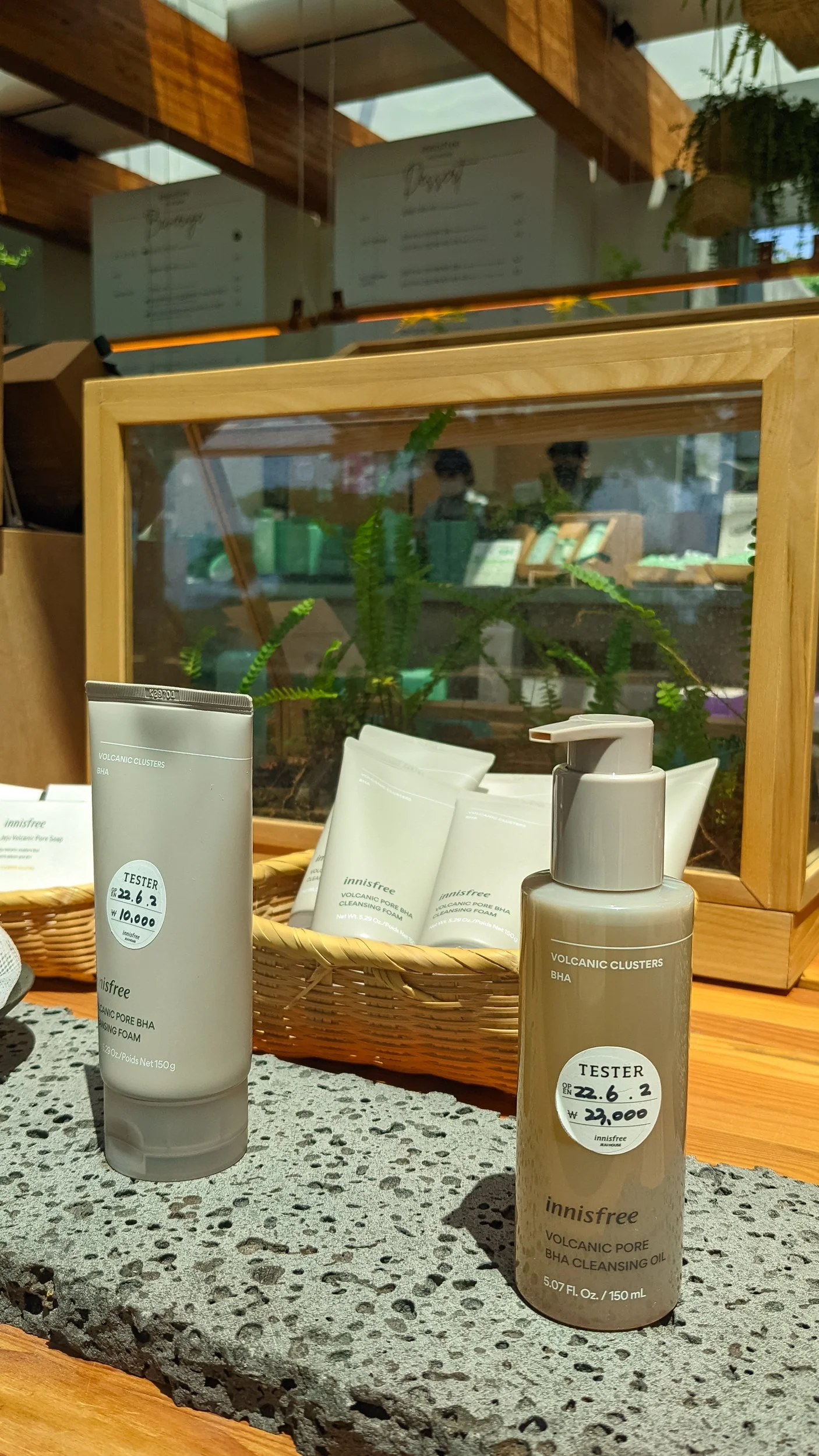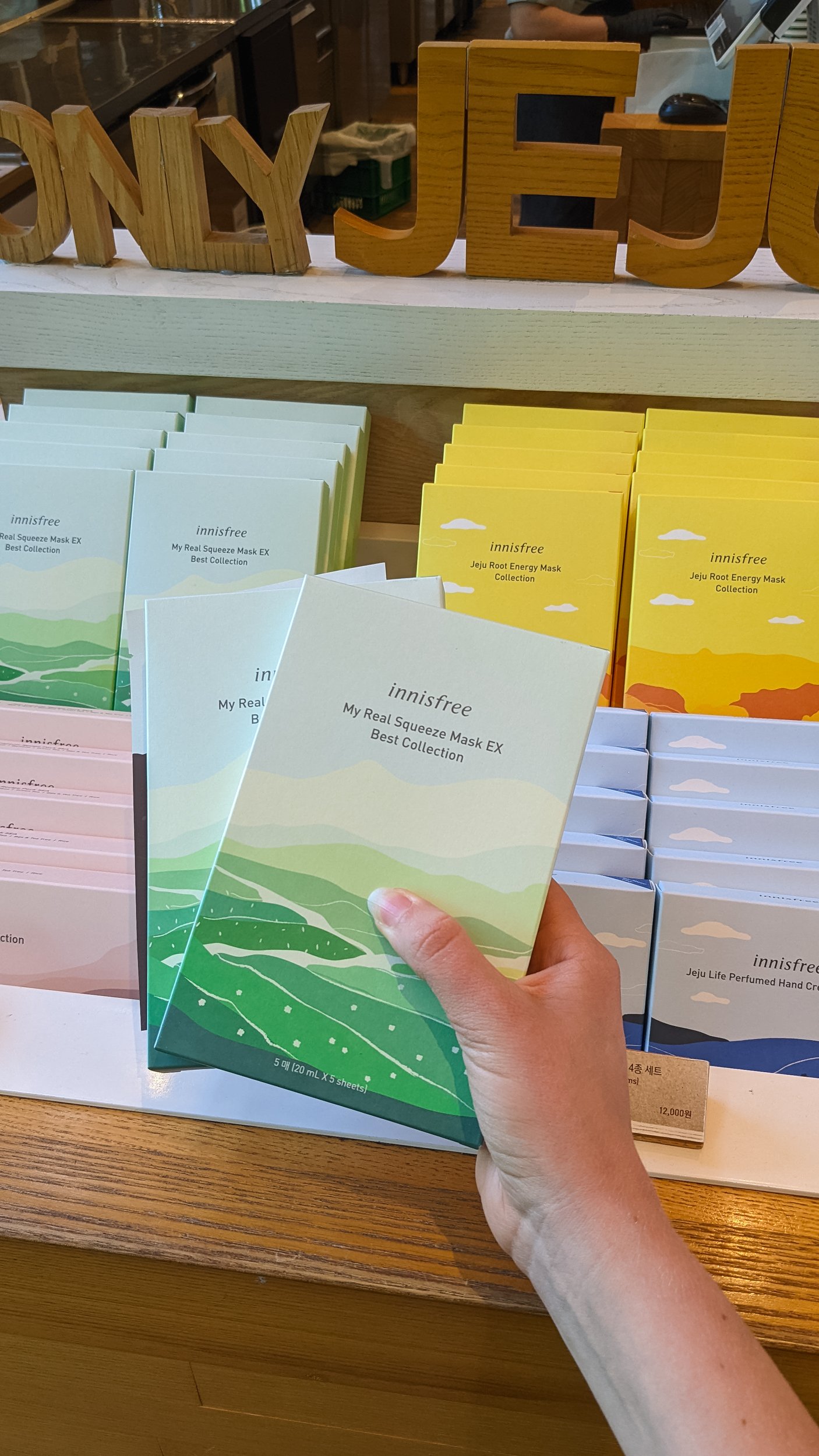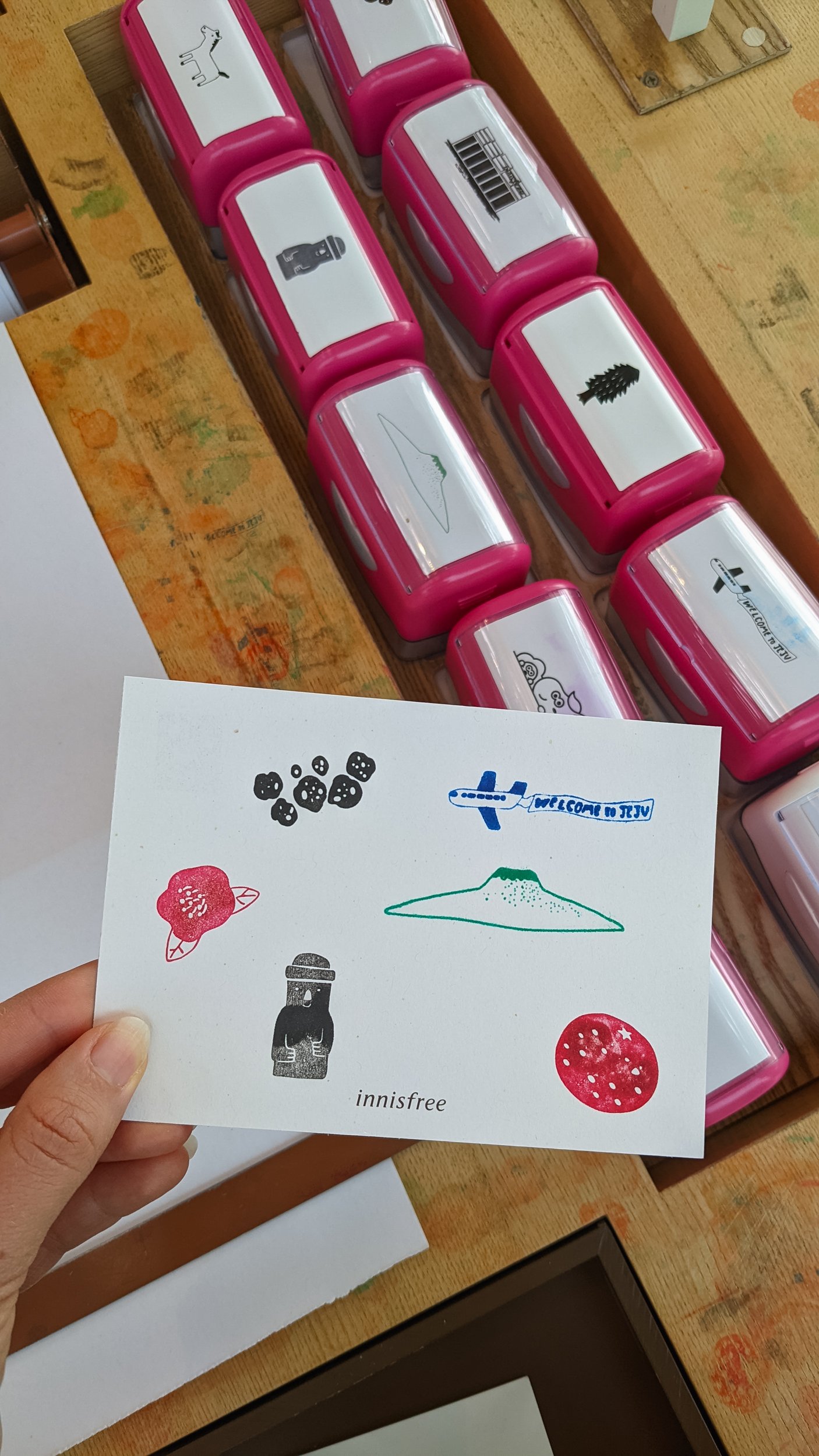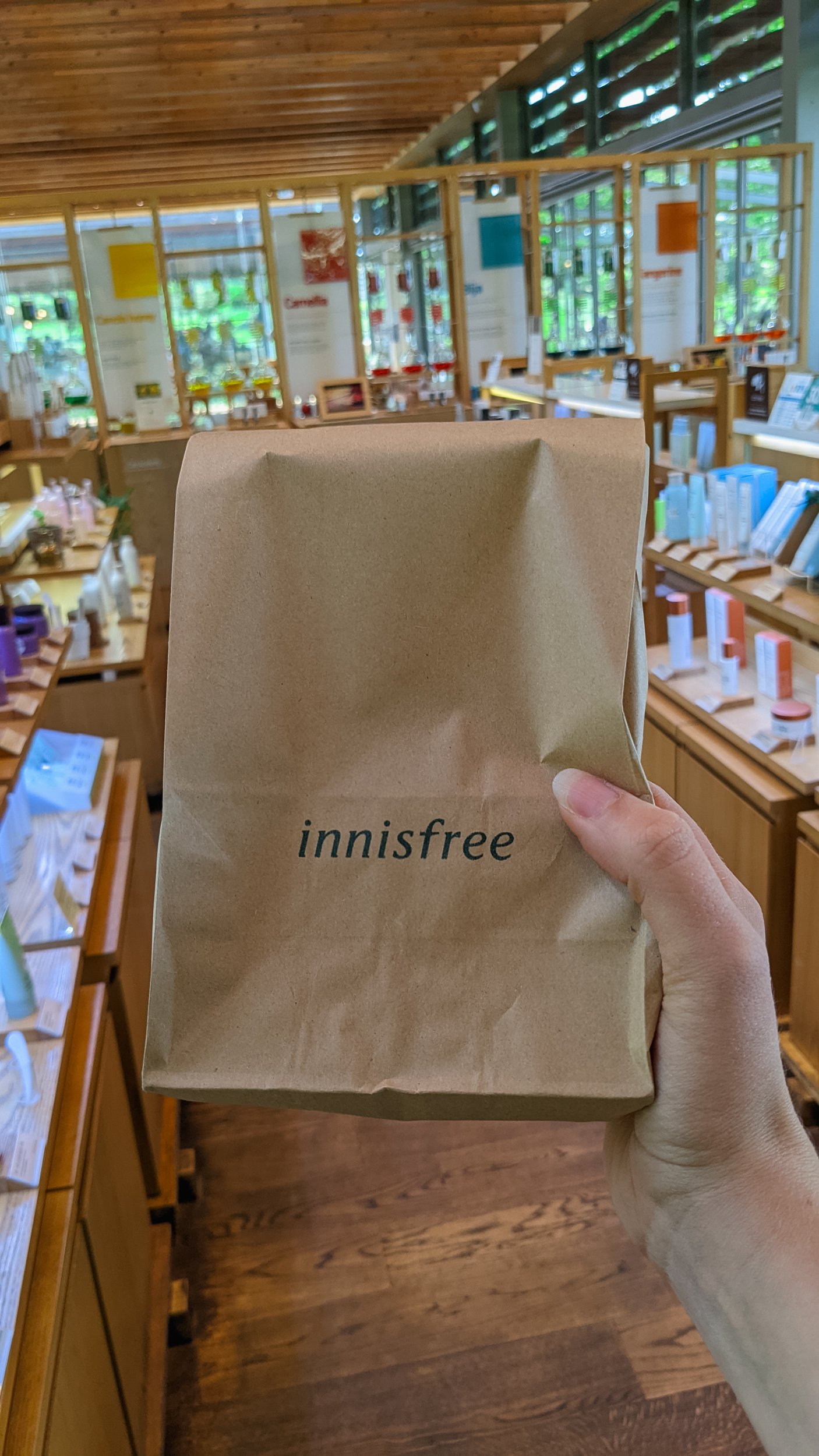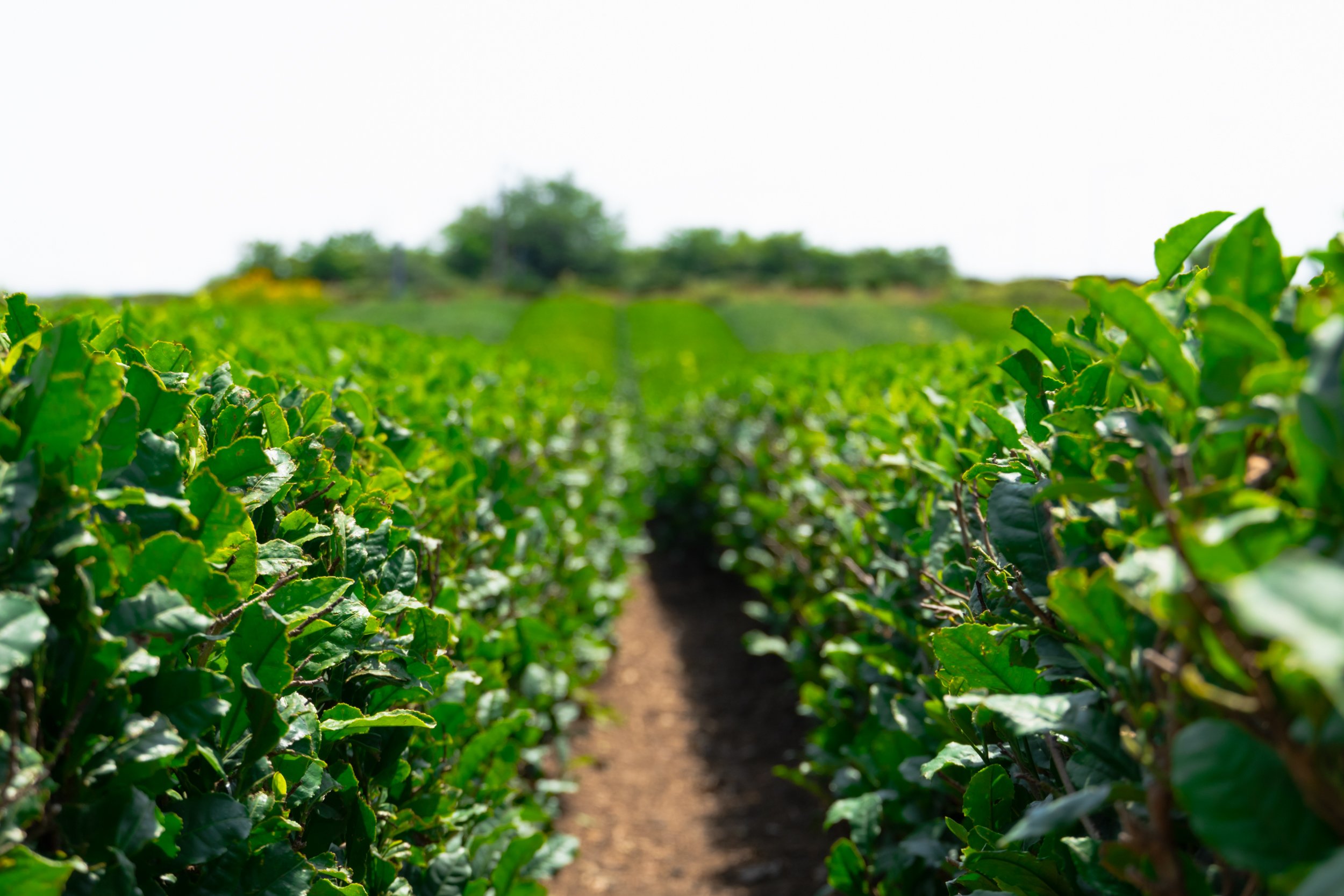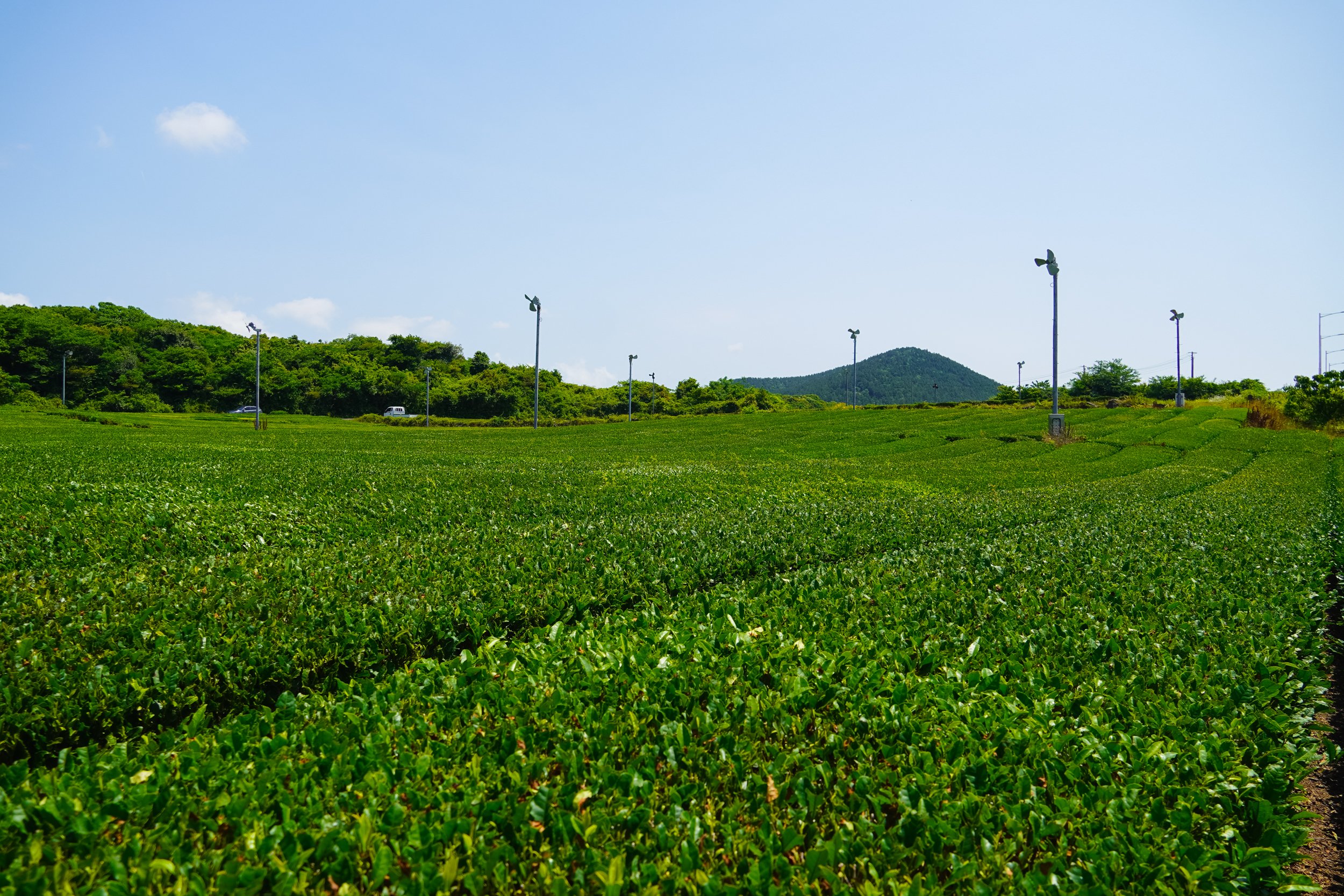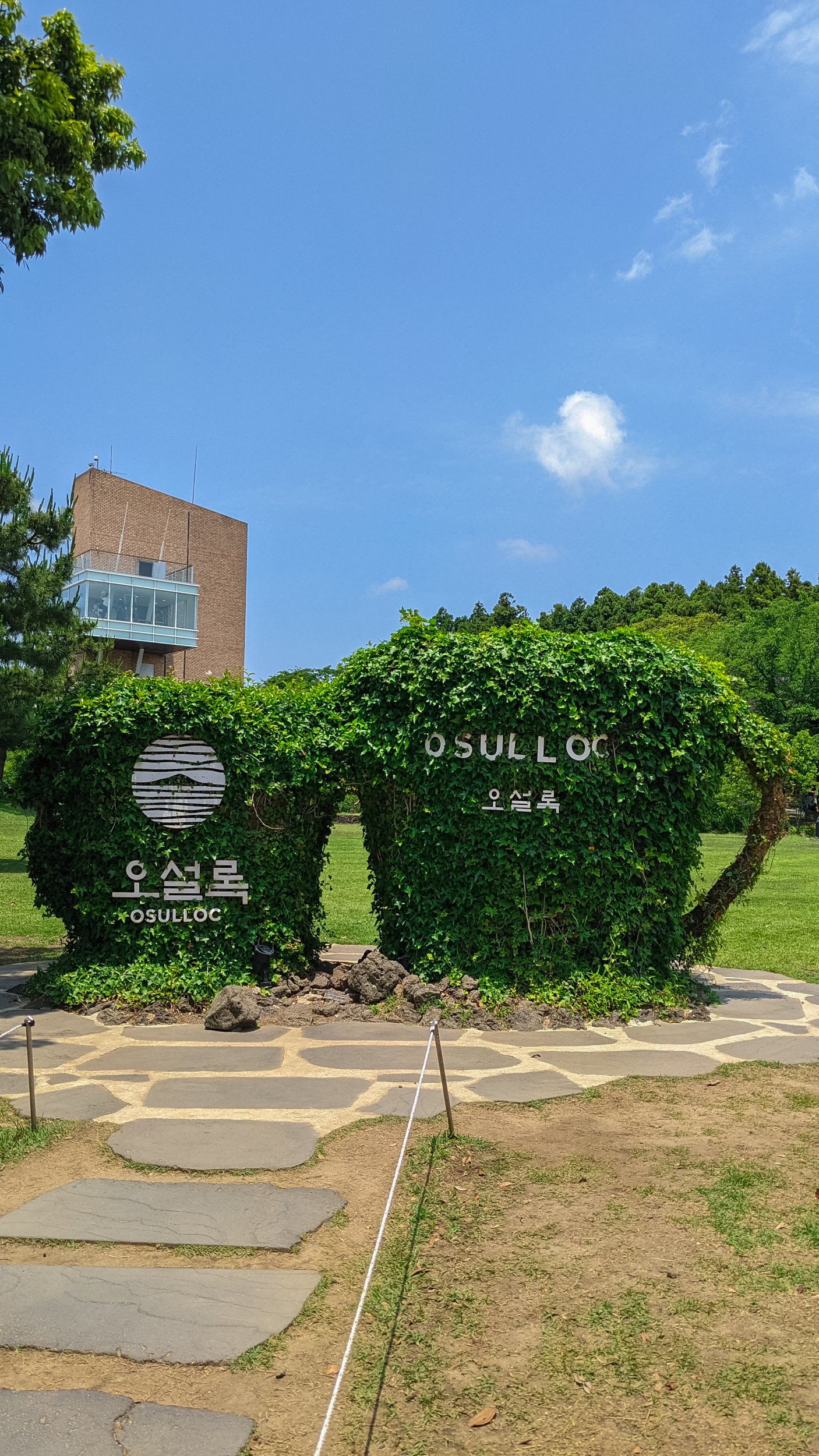Visiting the Osulloc Tea Museum, Jeju-do
Today, South Korea is widely known for its coffee culture, boasting over 70,000 cafés across the peninsula. However, what many may not know is that South Korea also has a highly developed tea culture. There are a number of myths surrounding how tea came to the Korean peninsula. However, most scholars believe it to have been first introduced sometime during the 7th century by Buddhist monks who brought it over from Tang China. From then on, tea became highly prized in Korea for its calming affects and medicinal benefits and was often use for ceremonial offerings and other special occasions. Today, many of Korea’s most popular teas are made with ingredients besides green tea leaves, including barely, quince, citron, ginseng, and even corn!
Jeju Island is known for being one of—if not the best—places in South Korea grow tea leaves, thanks to the island’s volcanic soil and year-round subtropical climate. Thus, it is no surprise that the island is also home to Korea’s biggest tea company: Osulloc Tea.
History of Osulloc Tea
The Osulloc Tea company was created in 1979 by founder Sun Sung-Whan. According to Sun, he was determined to restore Korea’s traditional tea culture and after researching the barren landscapes of Jeju Island, found that it was the optimal place for tea leaf cultivation. Because Jeju-do’s land had long been left uncultivated, many initially criticized Sun’s choice to grow leaves there. However, Sun continued to develop the land and after years of trial and error, the company harvested their own tea for the first time in 2009. The same year Osulloc Tea was awarded World Tea Champion at the 7th International Tea Exposition. Since then, Osulloc Tea has expanded to owning three tea fields and produce 700 tonnes of tea annually. In 2001, Osulloc Tea opened the Osulloc Tea Museum on Jeju Island, marketing it as a space to share the rich history and culture of tea with others. The museum has since become a major attraction among tourists in Jeju-do, attracting on average 700,000 visitors every year.
I visited the Osulloc Tea Museum for the first time last year. This blog post will tell you everything you need to know about visiting, including how to get there, attractions, and more!
Getting There
The Osulloc Tea Museum is located on the western side of Jeju-do in Seongwi-po. It is open daily from 9:00 - 18:00.
From the Jeju International Airport, it takes about 50 minutes by car to get there. Alternatively, from the Jeju City Bus Terminal you can take Bus 151 which takes approximately 1 hour. You will want to get off at the Osulloc (오설록) bus stop. From there, just follow the signs for the Osulloc Tea Museum.
Jeju Bus Terminal stop times are listed in the first column from the left after the bus number
Museum and Cafe
The atmosphere of Osulloc Tea Museum is beautiful with luscious greenery surrounding each of its buildings. The buildings themselves have chic architecture accented by large windows and bamboo details.
There are a number of places to visit in the area, but first up is the museum and café.
The museum itself is rather small, comprised of a single room and an alleyway containing old documents, brochures, and other memorabilia detailing the tea company’s history. To be honest, my first impressions where that for a space called a “museum,” there wasn’t actually a whole lot to muse. Looking back on it now, expecting a tea company to have an extensive collection of historical artifacts is perhaps a bit overzealous of me. Oh well.
Moving on from the museum is the café. Here, you can sample Osulloc’s various teas and tea-flavored desserts. Like the rest of the space, the café is simple but pretty with wood décor, large open windows, and a small garden situated at its center. This all lends to the space feeling very open even when packed with visitors.
At the café I ordered an iced Jeju volcanic rock tea for 7,800 won. The tea’s flavor was subtle but incredibly delicious. Personally, I think it’s one of the best teas I’ve tasted. Besides tea, Osulloc Tea Museum is also famous for their green-tea flavored ice cream. While I didn’t order it, I recommend you try it out if given the chance!
After sampling the teas, you can stock up on all your favorites at the gift shop which is located in the same area as the café. In my experience, most of the visitors here were seriously stocking up- literally buying baskets-full of tea. So, if you see something you want, I recommend getting it then and not later. I bought some of the Moon Walk tea, which is flavored with Korean pear, along with their Jeju Tangerine tea. Jeju Island is known for Hallabong, a special type of tangerine that grows near Hallasan Mountain, which the fruit is named after. You’ll find Hallabong flavored things all over the island, with Osulloc being no exception.
Moving on from the café, there’s an observatory area located on the upper floors of the building from which you can view the surrounding green tea fields. There were also some funny props for guests to take pictures with.
Bathrooms are also located in this building. Like the rest of the place, the bathrooms are incredibly aesthetically pleasing. So aesthetically pleasing that I had to take a photo.
Tea Stone
Located across from the café and museum is the Osulloc Tea Stone, a brutalist style building with blockish concrete walls and large windows overlooking the blooming flowers and greener surrounding it. Here, you can take classes to learn about the various types of Korean teas and how to brew them. The classes cost between 30,000~35,000 won per person and you must sign up in advance to participate. You can visit the Osulloc website here for more information.
Note: the green tea class is current unavailable, but will reopen on 5/23 Innisfree Jeju House
Exiting the Tea Stone, take a right and walk along the path of bright blue flowers to find the Innisfree Jeju House.
Innisfree is one of South Korea’s most popular skincare brands and they source their ingredients directly from Jeju-do. While you can get Innisfree products practically anywhere, this specific branch has a couple of Jeju-only products worth checking out such as their face masks. I picked up some masks up as gifts and also to use through my trip. Personally, I really liked the Jeju root energy carrot mask!
The store also offers various activities, including a natural soap making course (20,000 won) and free stamp zone. Next to the store is the Innisfree Café which serves an assortment of organic drinks and desserts which you can enjoy while overlooking the green tea fields. Their most popular items are the Haenyeo Basket set and Hallasan cake.
The Green Tea Fields
After visiting the Innisfree store, it’s finally time to go to the green tea fields! There is a small field located beside the Innisfree store and a larger one across the main road from the Osulloc Tea Museum. Walk through the fields and take in the tranquil scenery.
After seeing the fields, you can stroll through the rest of the gardens before making your way back out.
Cost
Most websites say that the Osulloc Tea Museum is free. However, while you can freely enter the building and museum, the main attraction is drinking and buying tea. So, you should plan to spend anywhere between 8,000~15,000 won for food plus any souvenirs you want to buy. If you choose to take the Tea Stone class or the Innisfree soap making course, that will also be an additional 20,00~35,000 won.
Conclusion
In all, I really enjoy the Osulloc Tea Museum. While in many ways the space is more like a glorified café and gift shop than an actual museum, the tranquility of the area, the beautiful décor, and—of course—the delicious tea all makes it a fun and enjoyable experience. I spent about two hours here during my visit, though I definitely could have spent longer it wasn’t for the rest of my itinerary that day. I wouldn’t say the Osulloc Tea Museum is a must for every tourist, but I would highly recommend visiting at least once to try out their tea or to take a class.
Additional Information
Hours: Sun-Sat: 9:00 - 18:00
Address: 제주 서귀포시 안덕면 신화역사로 15 오설록
15 Sinhwayeoksa-ro, Andeok-myeon, Seogwipo-si, Jeju-do, South Korea
Hours: Sun -Sat: 9:00 - 18:00
Cafe Haenyeo Baskets (meal set) & ice cream : 9:30 - 17:00
Address: 제주 서귀포시 안덕면 신화역사로 23
23 Sinhwayeoksa-ro, Andeok-myeon, Seogwipo-si, Jeju-do, South Korea


